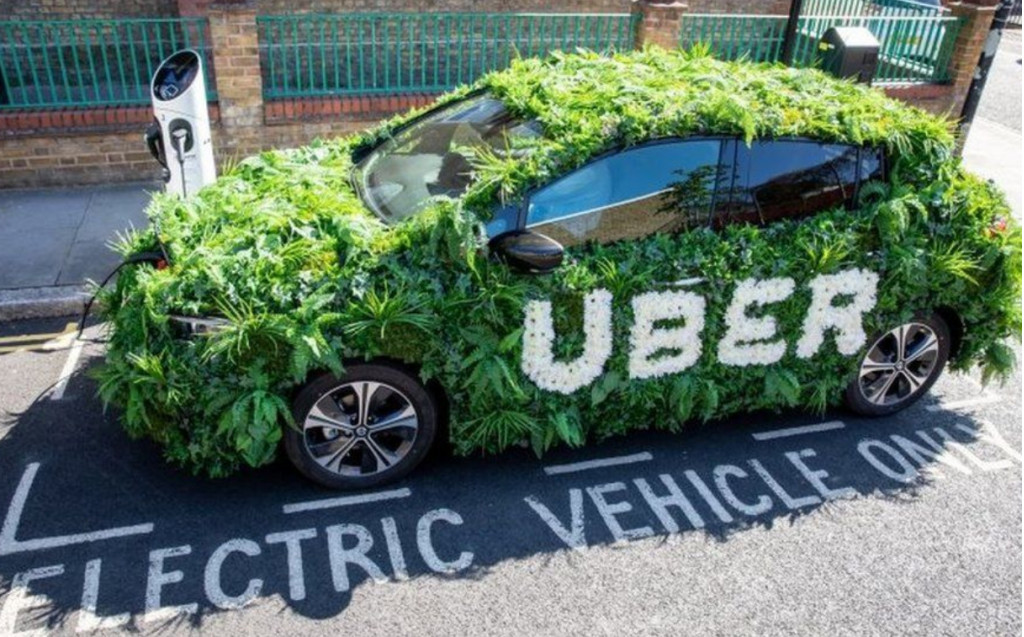California has approved ambitious emissions-reductions goals for ride-hailing services, effectively requiring companies like Uber and Lyft to go all-electric by the end of the decade.
Drafted by the California Air Resources Board (CARB), the new rules require ride-hailing companies to start ramping up electrification in 2023, reduce greenhouse-gas emissions to zero by 2030, and ensure that 90% of vehicle miles are electric.
"Ensure" is the key word here, as the business models of Uber and Lyft rely on drivers supplying their own cars. For most vehicle operators, eliminating emissions can be accomplished by replacing their fleets with EVs, but because Uber and Lyft don't own the vehicles used for their ride-hailing services, the process will be less straightforward.
Both companies have already pledged to go all-electric by 2030, and CARB outlined how such a mandate might work last May. Instead of looking at vehicles themselves, compliance will be determined by vehicle miles traveled (VMT). So instead of the number of EVs on the Uber or Lyft networks, regulators will look at the emissions per mile traveled, and what portion of that mileage is covered by battery-electric or hydrogen fuel-cell vehicles.

Uber electric car
It's hoped that this approach will align with ownership costs, with falling battery costs allowing EVs to achieve price parity with gasoline cars as VMT requirements ramp up. The regulations also factor in shared rides—which work out to lower emissions per passenger—and reductions in deadhead miles, which account for 39% of ride-hailing mileage, according to 2019 California data.
Companies must submit two-year plans next year, ahead of the 2023 implementation of the new rules. Smaller companies—those with 5 million annual VMT or less—are exempt from the emissions requirements.
CARB notes that the mandate for ride-hailing aligns with California's Advanced Clean Cars II standards that are under development.
These pieces are designed to fit in with California's goal of banning the sale of gasoline vehicles—or vehicles without a particular plug-in mode, it seems—by 2035.












